Resurrection can be one of the trickiest scenarios to run in a Dungeons & Dragons campaign. Most of the time, spells that can revive fallen allies are instantaneous or work without rolls or difficult checks. This can sometimes leave resurrection feeling hollow or broken.
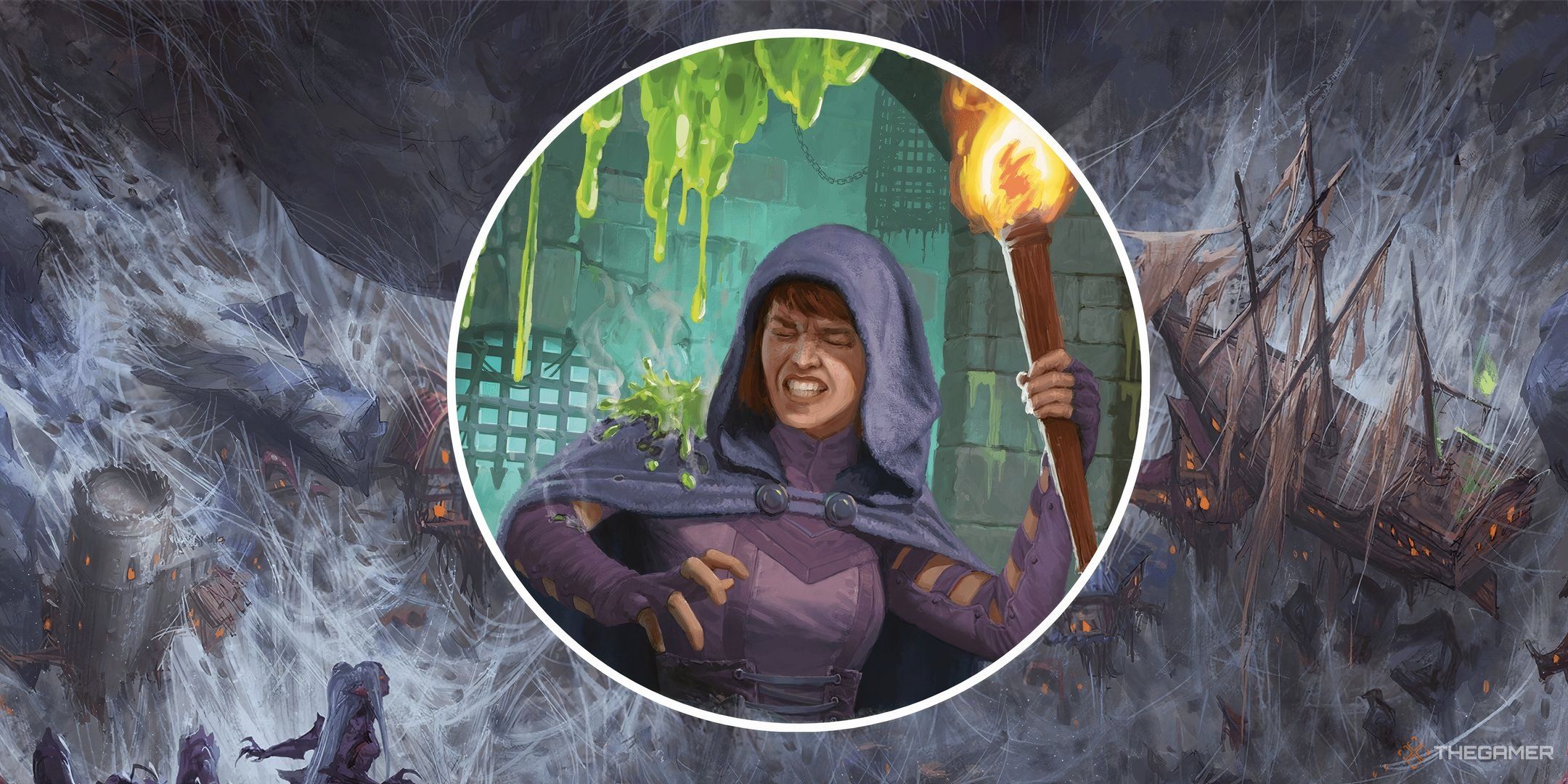
Related
Dungeons & Dragons: How To Fairly Punish Players
Sometimes, your players have to remember that actions have consequences, but that doesn’t mean those consequences should be out of this world.
However, if you’re looking for a solution to this problem, Critical Role’s resurrection rules add a lot of punch to reviving fallen allies. Though more restrictive than typical resurrection rules, these parameters create fun, dramatic stakes to player death while still allowing for the possibility of resurrection magic overall. Here’s how to run them for your campaign.
How Resurecction Works
First, it’s important to understand the basics of resurrection magic in Dungeons & Dragons before applying Critical Role’s ruleset. There are a handful of spells in Fifth Edition that can revive or resurrect players. These range from incredibly overpowered to helpful only under the right circumstances.
|
Name of Spell |
Spell Level |
Basic Description |
|---|---|---|
|
Revivify |
3rd |
You touch a creature that has died within the last minute. That creature revives with 1 Hit Point. This spell can’t revive a creature that has died of old age, nor does it restore any missing body parts. |
|
Raise Dead |
5th |
With a touch, you revive a dead creature if it has been dead no longer than ten days and it wasn’t Undead when it died. The creature returns to life with 1 Hit Point. This spell also neutralizes any poisons that affected the creature at the time of death. |
|
Reincarnate |
5th |
You touch a dead Humanoid or a piece of one. If the creature has been dead no longer than ten days, the spell forms a new body for it and calls the soul to enter that body. Roll 1d10 to determine the body’s species, or the DM chooses another playable species. |
|
Resurrection |
7th |
With a touch, you revive a dead creature that has been dead for no more than a century, didn’t die of old age, and wasn’t Undead when it died. The creature returns to life with all its Hit Points. This spell also neutralizes any poisons that affected the creature at the time of death. This spell closes all mortal wounds and restores any missing body parts. |
|
True Resurrection |
9th |
You touch a creature that has been dead for no longer than 200 years and that died for any reason except old age. The creature is revived with all its Hit Points. This spell closes all wounds, neutralizes any poison, cures all magical contagions, and lifts any curses affecting the creature when it died. The spell replaces damaged or missing organs and limbs. If the creature was Undead, it is restored to its non-Undead form. |
|
Wish |
9th |
By using the spell rules for Wish, the caster can replicate the effects of another 9th-level spell, such as True Resurrection. |
Beyond the basic rules of each spell, some of these spells already have restrictions on them. Duration to cast and costly material components play a factor in whether or not a player character can actually cast these spells. However, there are no DCs to clear when it comes to these spells as written in the Player’s Handbook.
What Is A Death DC?
The biggest difference with Critical Role’s resurrection rules is what’s known as a Death DC. A Death DC, or Death Difficulty Class, is a roll that a player character has to make when casting any kind of resurrection magic. For Critical Role players, this DC begins at 10. Each time a creature dies, their death DC is subsequently increased by one.
This applies to both ritual spells and instant spells like Revivify. In addition, if a player casts a spell with a casting time of one action, like Revivify, and fails their DC check, there are two additional effects.
- On a failure, the Death DC increases by one as before.
- Players must cast a different resurrection spell with a casting time longer than one action in order to revive the player character.
This means that after the first Revivify attempt, a longer, more complex ritual must be attempted in order to bring the creature back to life. This adds dramatic stakes to the prospect of interfering with life and death, forcing player characters to work harder to revive their fallen compatriot.
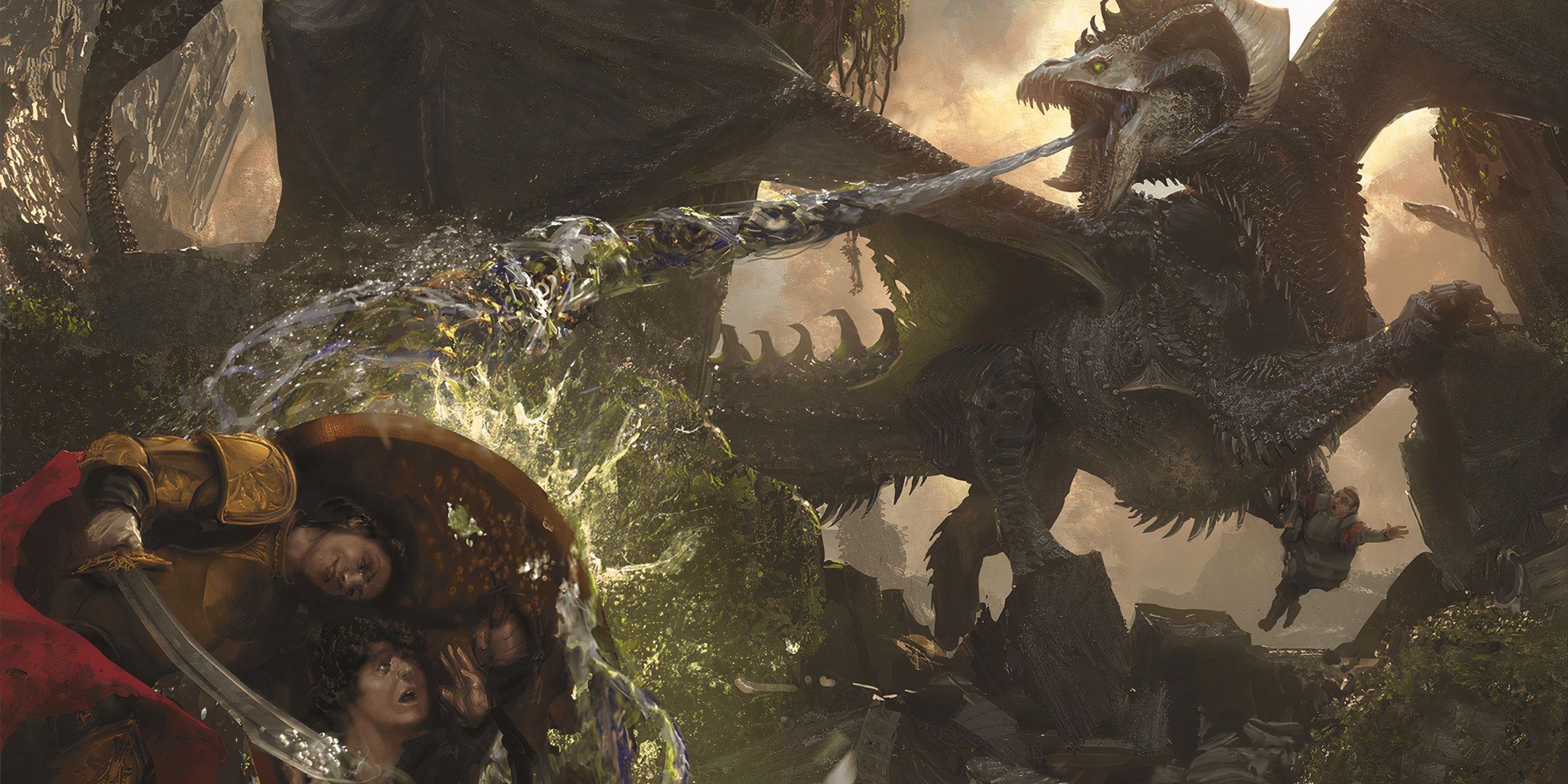
Related
Dungeons & Dragons: How To Create An Adventure Using The 2024 Dungeon Master’s Guide
If you’re new to being a DM in Dungeons & Dragons, you’re in luck: the 2024 Dungeon Master’s Guide can help you a lot. Check out these tips!
How To Run A Resurrection Ritual
Let’s say that your party has attempted to cast Revivify on their deceased ally and failed. Now, the Death DC for this player is increased by one, and the party must attempt a full-fledged ritual in order to get their friend back. This is where things get really interesting.
Before The Resurrection Ritual
Before the resurrection ritual begins, there is an assistance phase. During this time, three creatures can offer up their assistance to the ritual. The idea here is to have players attempt to call back the soul of their ally through words of love, or through other magical means. Here are some examples of assistance that can be offered.
- A divine magic user can offer to commune with their deity, lending their power to the ritual.
- A player-character with a romantic attachment to the target creature can beckon their soul back to the material plane with words of love.
- Another party member can offer a physical token or object that was special to the target creature as a magic focus.
Each time a creature contributes to the ritual, the DM calls for an ability check with a thematically appropriate skill. Then, the DM determines a DC based on the strength of the player’s roleplay. If we look at the examples of assistance offered, here are some examples of thematically appropriate ability checks.
|
Resurrection Assistance And Ability Checks |
|
|
Assistance |
Ability Check |
|
Commune With Deity |
Roll with Religion |
|
Romantic Attachment |
Roll with Persuasion |
|
Token As A Magic Focus |
Roll with Arcana |
Running The Ritual
As each player makes their corresponding assistance check, tally up the number of successes versus failures. As you do, adjust the overall Death DC for the target creature like so.
- For each failure, add +1 to the Death DC
- For each success, subtract -3 to the Death DC
Once you have the adjusted DC, the DM typically makes the final roll above the table to determine whether or not the ritual is successful.
If a player character is casting the resurrection spell, you can also offer the roll to them as well.
On a success, the resurrection works! You can congratulate the players on a job well done. On a failure, explain to the players that the ritual failed, and make sure it’s clear to them that further attempts will not work. This creates a sense of dramatic finality and prevents any game-breaking attempts at more revives.
Note: In the Tal’Dorei campaign setting, stronger resurrection spells can bypass this ritual if the DM decides to allow it. The only spells that can circumvent these rules are True Resurrection and Wish.

Next
Dungeons & Dragons: How To Build A Defensive Bastion
Here’s how to build a defensive bastion in D&D!


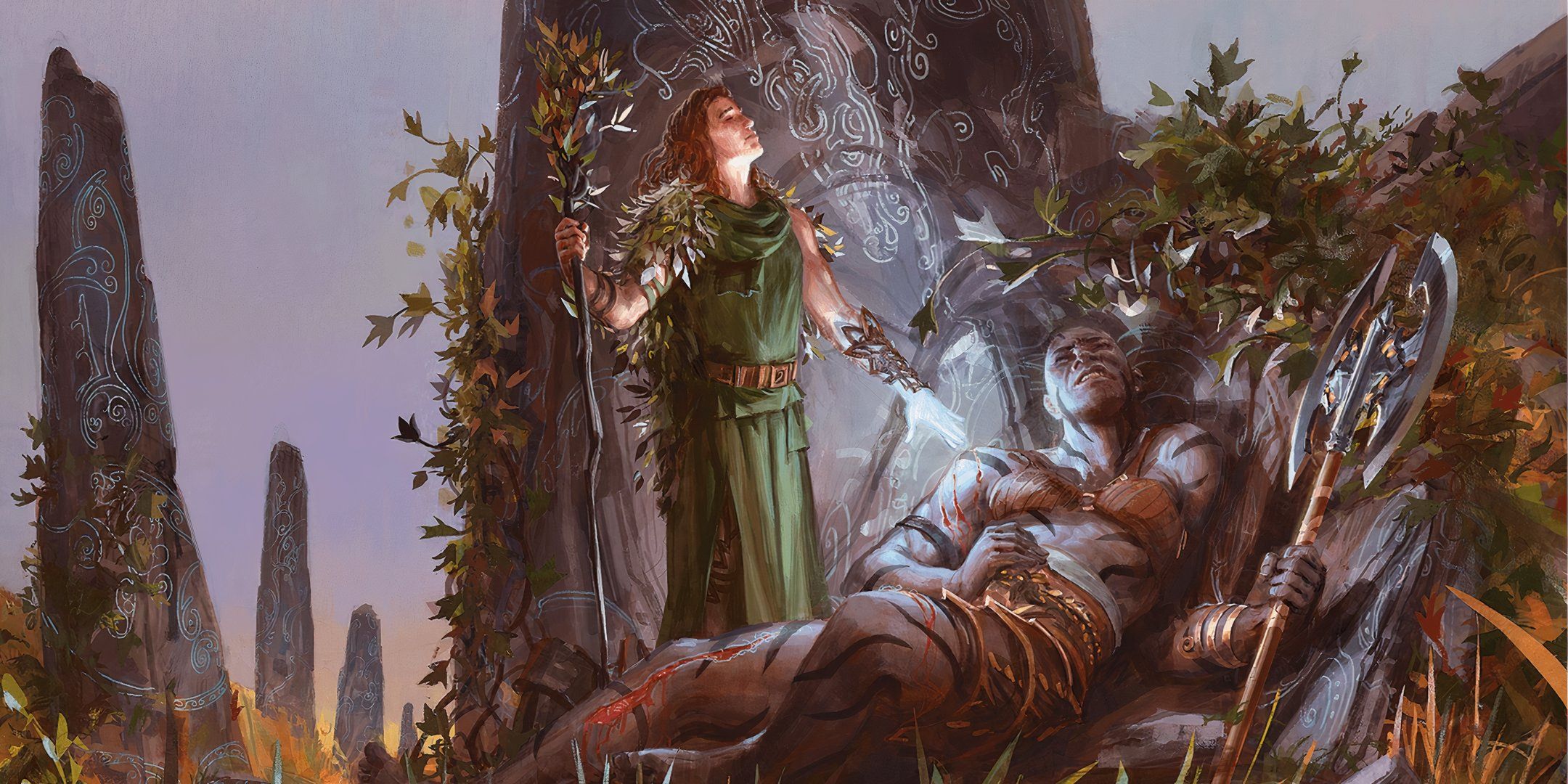
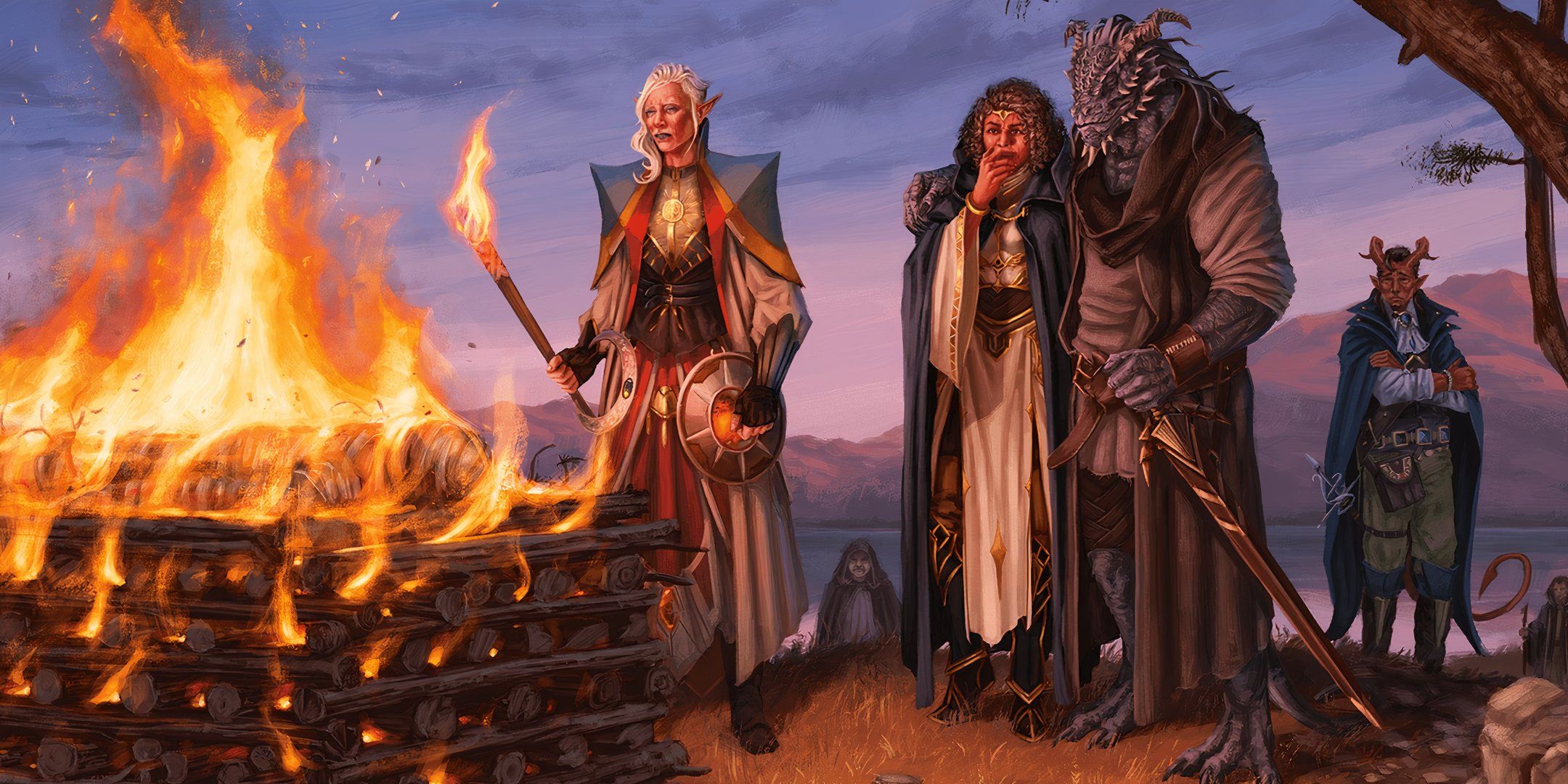
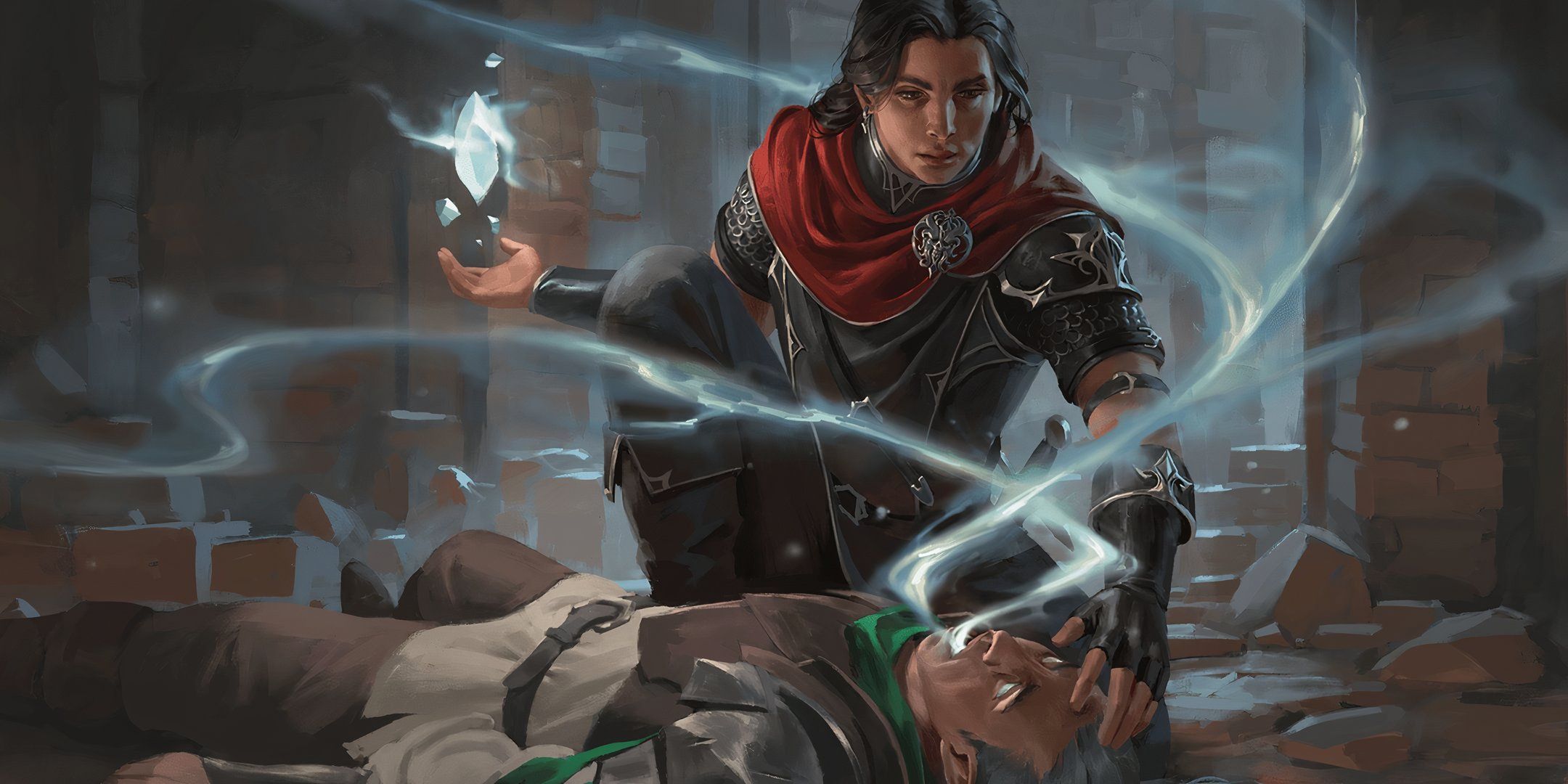



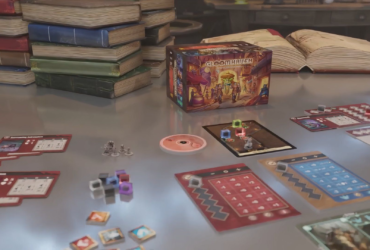
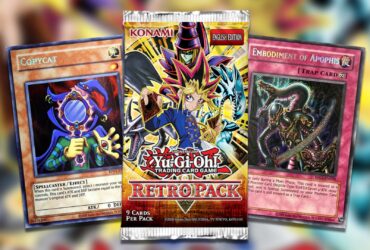



Leave a Reply